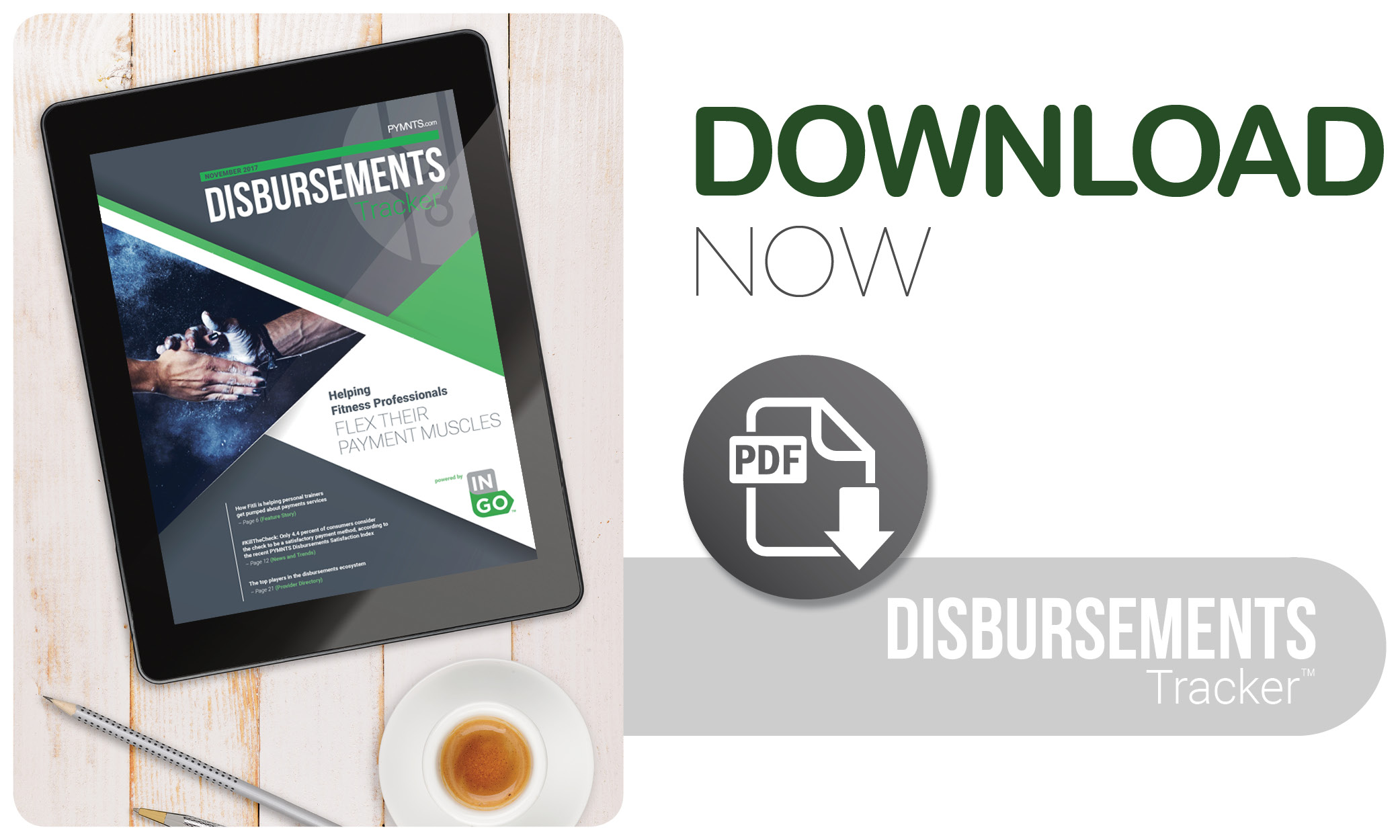A personal trainer’s job is to push his or her clients to reach their fitness goals. For clients, this can mean a lot of sweat, push-ups, pull-ups, cardio and perhaps a reminder of the age-old — yet, aging well — fitness philosophy: No pain, no gain.
But, for some personal trainers, there sometimes exists pain without gain: specifically, the pain of not getting paid promptly and efficiently for services rendered. The delay in payment can be like one of those muscle tweaks that can turn into something more nagging and chronic if left untreated.
In recent years, however, several fitness-oriented services have emerged, offering personal trainers, gym managers and other fitness professionals a platform to not only get paid more efficiently, but also aid with scheduling services, data insights and client relationship management. Notable companies providing fitness or gym-related software solutions include MINDBODY, RhinoFit and Glofox.
Another recent addition to the fitness solutions market is Fitli, founded in 2015. PYMNTS recently spoke with the company’s founder and CEO, John Cline, about the pain points that exist for fitness professionals and how new gym management solutions are helping them focus more on getting their clients to their fitness goals. Cline also discussed the “chicken or the egg” situation involved in creating a marketplace solution for the fitness industry.
Searching for a painless way to find a personal trainer
Cline spent several years working for PayPal in Silicon Valley prior to launching Fitli. It was during this time that he had difficulties of his own finding a personal trainer, largely because of his own hectic schedule. It was hard to find a central location that would allow him to both compare reviews of personal trainers and book their services, so, in the end, Cline wound up finding walking into a fitness studio and making an appointment in-person.
Advertisement: Scroll to Continue
When designing the Fitli platform, Cline aimed to provide a service that would simplify consumers’ searches for trainers. He wanted the service to help clients use their online or mobile devices to easily connect with available trainers, modernizing the way both parties scheduled appointments — and allowing appointments to be scheduled within a centralized platform to keep both sides organized.
“Texting back and forth is pretty common with the trainers and customers I talked to,” Cline said. “It’s kind of laborious process to eventually get your schedule set or change it.”
Fitli uses Braintree Marketplace to help facilitate payments between clients and personal trainers on the service. Once a merchant opens an account and is approved, the system will enable it to start accepting payments, Cline explained. After that, trainers can accept payments directly into their bank accounts within two to three business days.
Offering clients and trainers a more seamless way to connect by mobile device is one way Fitli is modernizing the fitness market. After all, it is eliminating the need to use paper checks to pay for fitness sessions.
“Younger folks don’t even know what a check is,” Cline said. “They want to use their [phones] or the web for booking and paying [for services].”
Chicken or the egg?
When developing Fitli, Cline said the company faced a “chicken or the egg” problem. Specifically, the issue was whether to initially enlist professionals into the marketplace or to focus on building up consumer demand for the service.
“When building a marketplace and in business, you need supply and you need demand,” he noted.
While there are consumers looking to connect with a personal trainer, Fitli must be able to meet that demand by ensuring there are available trainers nearby.
“No one is going to download the Fitli mobile app unless there’s some value to it,” Cline said. “They might think, ‘Oh, this sounds like a cool idea,’ and then download it, but then [discover] there’s no businesses listed in their area.”
If consumers download the app but cannot find a trainer, he or she is likely to delete the app. To avoid that outcome, the company is working to expand the supply of trainers and instructors in the Fitli community to meet the demands of fitness-focused clients.
“We are focusing on building our business network so we have that vibrant, viable marketplace,” he said.
A healthy, growing marketplace
According to the most recent Bureau of Labor Statistics (BLS) numbers, there are nearly 300,000 personal trainers and fitness professionals employed in the U.S. The BLS also anticipates a growth rate of 10 percent for the sector over the next 10 years. This means that as more people embark on the career path of personal trainer and fitness instructor, the demand for effective fitness payment and scheduling solutions can be expected to increase as well.
On a global level, the market for software-based solutions for the fitness industry appears to be keeping pace with the increase in workers. Recent research indicates demand for gym management software solutions could expand at a compound annual growth rate (CAGR) of 11.1 percent from 2016 to 2020.
These new software solutions will also offer fitness professionals solutions to do more than organize training sessions and client appointments, providing these workers with data insights on their busiest blocks of time during a day and a centralized way to track their earnings.
“Traditionally, trainers have been used to using pen and paper,” Cline said.
But, that pen-and-paper approach won’t always be efficient — and the pain, in this case, isn’t likely to readily result in gain, especially when it’s time to count receipts.
Cline recently had a conversation with a fitness professional who was being audited by her county assessor. To get her payments in order, she had to track transactions across multiple services like PayPal, Square and paper check records to make sure she was prepared.
Software-based solutions like Fitli, can eliminate the need to track receipts across multiple payment formats, Cline said.
“As soon as [a fitness professional] uses Fitli or a system like this, everything is registered and everything is captured,” he noted.
Having payment receipts in a single location can help personal trainers avoid the pain of financial audit, allowing them more time to focus on getting their clients pumped up for their next workouts.
. . . . . . . . . . . . . . . .
TO DOWNLOAD THE NOVEMBER EDITION OF THE PYMNTS.COM DISBURSEMENTS TRACKER™, POWERED BY INGO MONEY, CLICK THE BUTTON BELOW.
 About The Tracker
About The Tracker
The PYMNTS.com Disbursements Tracker™, powered by Ingo Money, is your go-to resource for staying up-to-date on a month-by-month basis on the trends and changes in the digital disbursement space.





